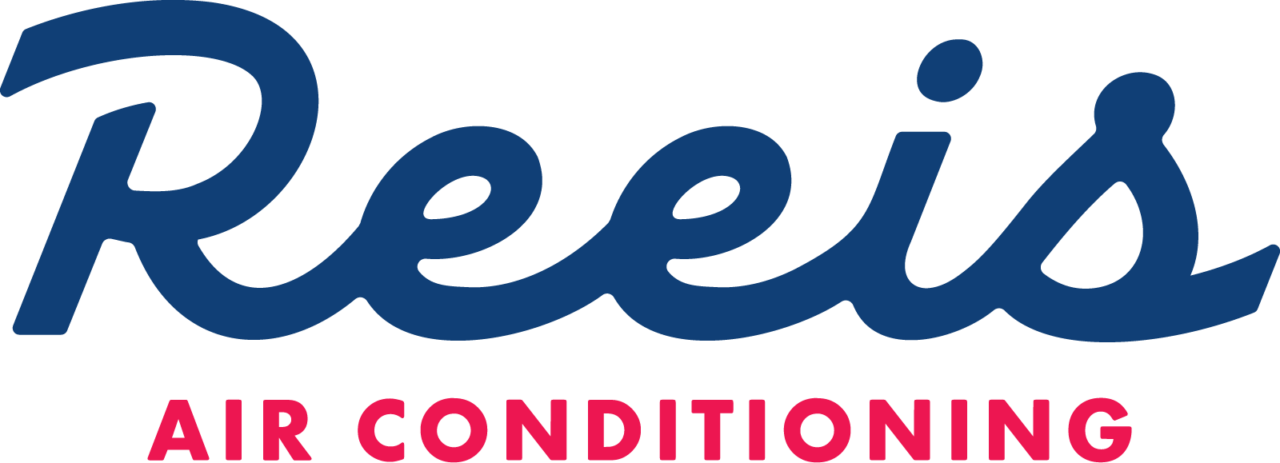https://old.rosieonthehouse.com/faqs/how-can-i-improve-my-home-s-indoor-air-quality
How can I improve my home’s indoor air quality?
 When the outdoor air quality is poor, don’t think holing up inside the house is safe.
When the outdoor air quality is poor, don’t think holing up inside the house is safe.
Indoor air pollution may cause more health problems than outdoor pollution because of the higher concentration of pollutants, according to the Environmental Protection Agency. Yet most people spend 90 percent of their time indoors.
You can take some steps to clear up the air inside your home, but identifying all of the possible pollutants is difficult. If family members are having headaches or suffering from nausea or allergies, ask your doctor if these could be reactions to pollutants.
Take these steps to improve the air quality in your home:
- Schedule a home-performance audit. An energy-efficiency pro will look for ways contaminates are getting into your home's air and suggest how you can clean up the air and prevent it from aggravating your asthma or allergies.
- Caulk and weatherstrip around windows and doors to cut down on air leaks.
- Combustion appliances require ventilation from the source. Vent furnaces and stoves directly to remove moisture and combustion byproducts.
- Bathrooms should have exhaust fans to pull moisture outside.
- Vent clothes dryers to the outdoors.
- Seal cracks and insulate walls in the basement to prevent pollutants from soil—like radon—from entering the house.
- Use cement grout or caulk to seal visible cracks in foundation walls or floors.
- Hire a professional to check and clean your furnace every year to prevent damaged heat exchangers or blocked flues from spewing pollutants into indoor air.
- Change air conditioning filters every month, and change furnace filters frequently, even if you don’t run the heat very often. The filters not only protect the HVAC equipment, but high-quality filters can also trap pollutants.
- Install a carbon monoxide detector in your home. Unlike some other pollutants, you won’t know when carbon monoxide is in the air until it’s too late because it is colorless and odorless.
- Paints, solvents, household cleaners and air fresheners can contain pollutants. Use them with windows open and exhaust fans on.
- If you need to remove lead paint from your home’s walls and ceilings, call a professional. The removal process can cause serious health risks if not done properly.
###
